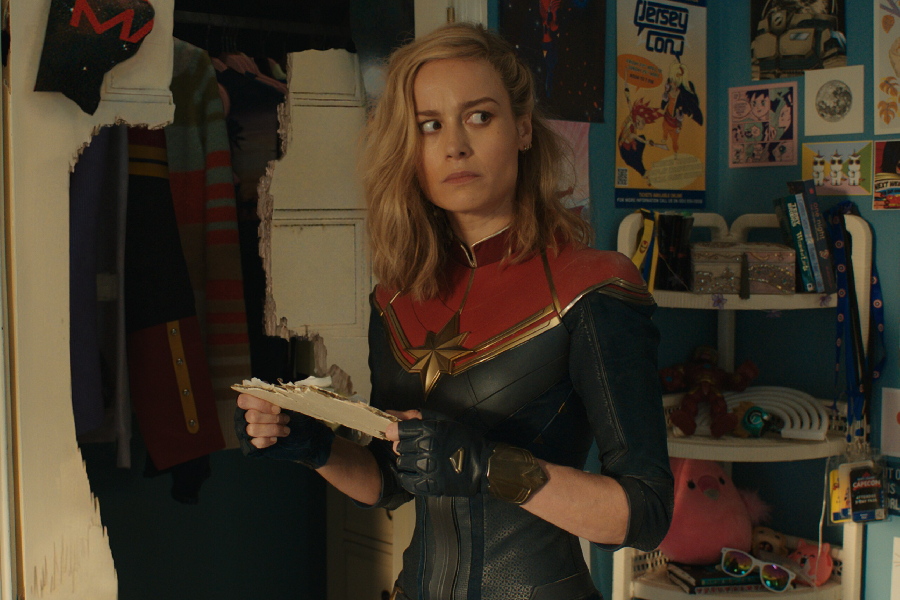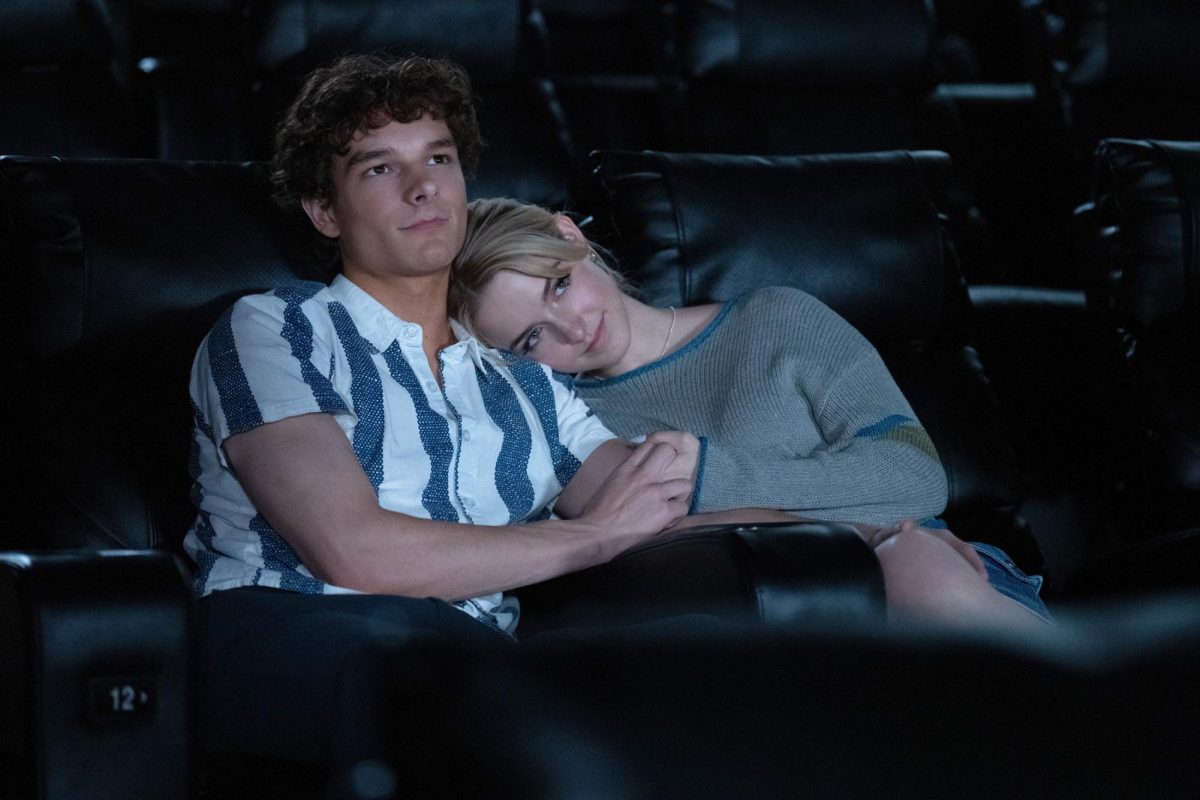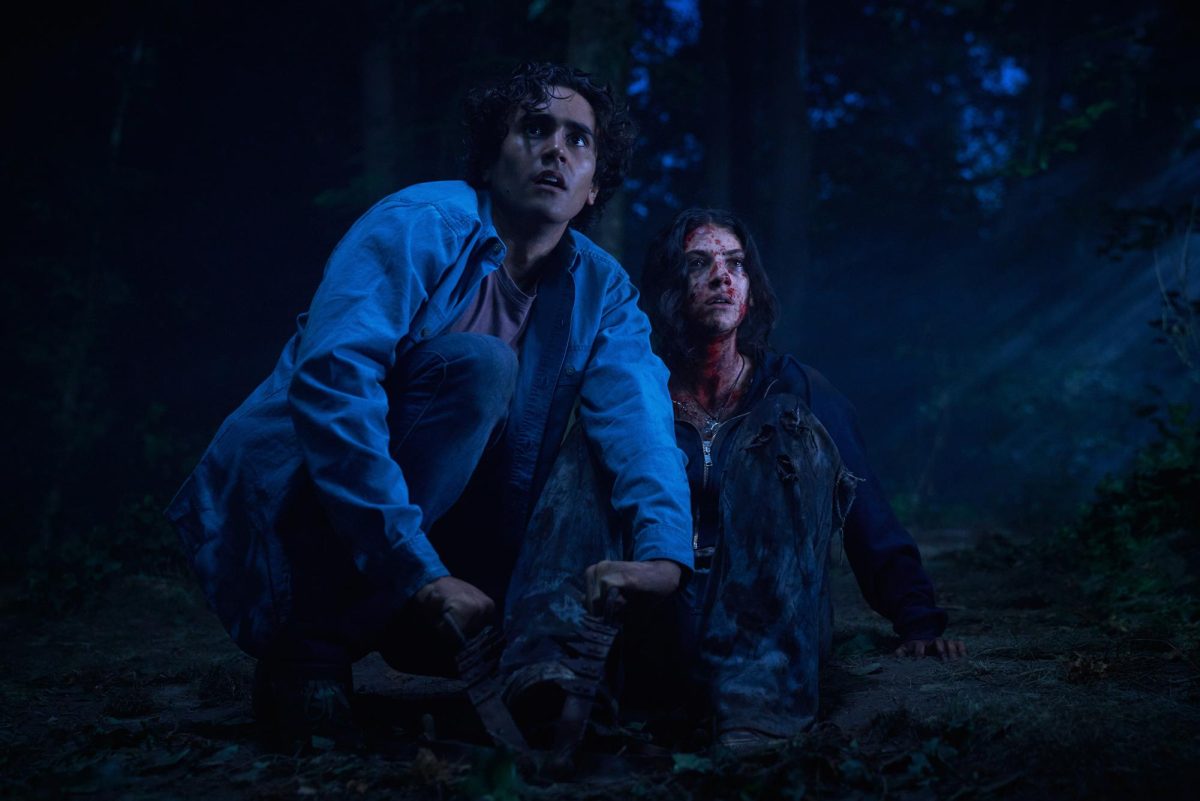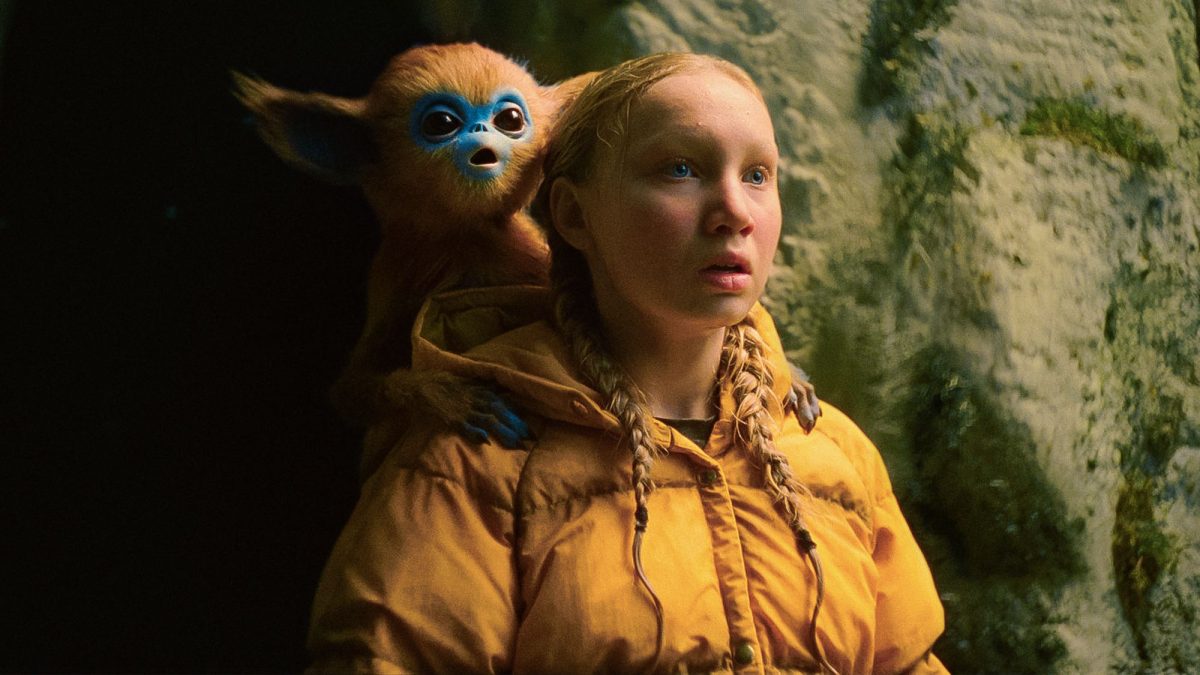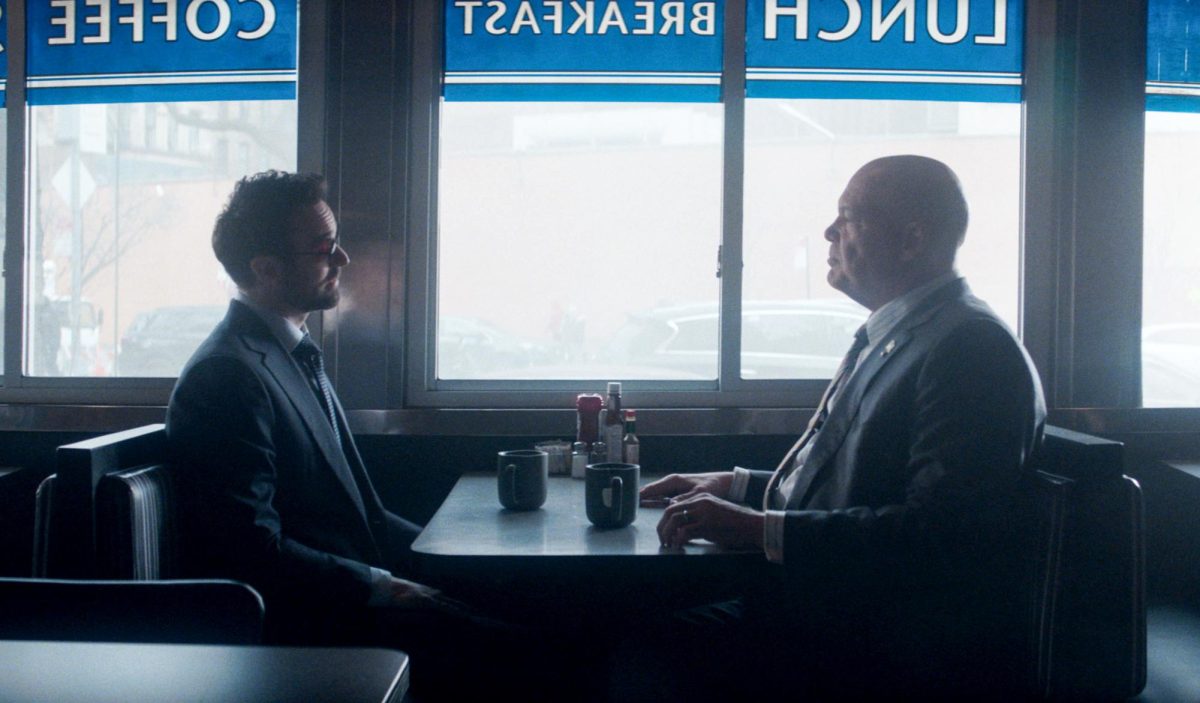It’s no secret that with the numerous strikes and culture shifts within Hollywood, that many major film franchises are producing a wide array of commercial and critical failures. The Marvel Cinematic Universe, or MCU, has been a cultural icon for more than a decade. It has been a privilege to see the film franchise rise to the top of the world, to conquer all that stands in its way. However, with the release of “The Marvels” on Nov. 10, directed by Nia DaCosta, it’s safe to say that this giant has lost much of its power and standing among the film industry.
This loss of gravitas for the franchise is perfectly encapsulated by this film. Written by DaCosta, as well as screenwriters Megan McDonnell and Elissa Karasik, “The Marvels” tells a story revolving around our three leads in Captain Marvel (Brie Larson), Monica Rambeau (Teyonah Parris) and Ms. Marvel (Iman Vellani) stopping a powerful figure from destroying the galaxy, and the consequences surrounding actions we perceive to be heroic in nature.
Captain Marvel finds herself to be the greatest enemy to an entire race of aliens known as The Kree because of her actions in “Captain Marvel,” the first of the two movie storyline, where she killed the supreme leader of their race, setting The Kree on a path of civil war. The film’s main villain, Dar-Benn (Zawe Ashton), is set to rectify the actions of her great enemy through the usage of a mystical power, one that gives her the ability to open portals in spacetime. Armed with great power and terrible intentions, the heroines of the film work together to put her plans to an end.
This storyline, while relatively simple in comparison to previous entries in the MCU, is completely filled with clumsy mistakes in narrative pacing. Our leads have knowledge that they should realistically not have access to, like locations of the antagonist and the exact requirements to fix problems, in order to keep the plot moving forward. This sacrifices a solid portion of internal consistency within the story.
The audience begins to lose investment with our heroes because of the fact that they have no substantial information obstacles to overcome. There is never an instance where our heroines have to learn something in order to gain the upper hand or level the field –– they simply have to be present on screen. The film, in essence, gives our heroines all the information they need at no cost to themselves.
Incoherent rules surround the main gimmick of the movie, that being the teleportation of our lead characters when they use their powers. Through the actions of our main antagonist, our heroes possess their only legitimate flaw to overcome in the story, as their effectiveness in battle is essentially restricted because of possible miscommunication and danger. However, the rules for this interesting concept are decidedly uninteresting and incredibly inconsistent. Even if one of our leads uses their powers, they do not teleport with each other. The established rule is quite simple: one of them uses their powers, they all swap. Yet there are main instances in fight scenes where they simply don’t swap, or only two of them swap while the third lead remains in her spot. This leaves the audience more confused than they already are, leading viewers to ask what the stakes of using their powers are in the first place.
Power levels are constantly fluctuating in order to keep the story flying, much in the same way. Our main heroes will obtain powers and abilities that they had no previous knowledge of, nor was there any potential buildup toward throughout the movie. The abilities of our main characters, especially Monica Rambeau, are left intentionally vague in order to give her exactly what the plot needs in order to save the day. This takes the audience out of the film completely, as they have no idea what exactly is going on and what is changed through gaining these new powers.
There is no change in her character, no completion of an arc — simply a massive unknown boost in magical capabilities. Viewers are simply supposed to accept that this is something that our heroine can do, a crutch in the writing that promotes storytelling without effort. These new abilities given without proper explanation accomplish the same haphazard goal: progress the story forward, at any cost.
In terms of the visuals for the film, they are nothing except perfectly average. While this may seem to be a small point in its favor, it holds a little more weight given the absolutely rushed special effects of the last few movies in the MCU. Visual effects artists seem to have been given more time to work on their CGI for this film, and as a result, their product rises from a painfully underdeveloped mess to a somewhat coherent on-screen display.
“The Marvels,” as an independent project separate from the massive conglomerate it surrounds itself with, has few elements that attempt to distinguish the film in objective quality. Performances are a mostly positive affair, with Vellani being the standout case. Her upbeat energy on screen, as well as her dynamic with the other leads, gives the film much needed personality. Larson demonstrates a marked improvement in her role in this film, implementing a reflective element to her performance that was sorely lacking in previous installments in the franchise. Both of these performances represent the best aspect of the movie.
It’s quite clear that Marvel is on a downward turn with the screenplay element of their productions, with “The Marvels” standing as clear evidence. Acting chemistry and dynamics, while important, cannot be the focal point of any film, and the low box office results in the tens of millions will prove this sentiment correct in time.


